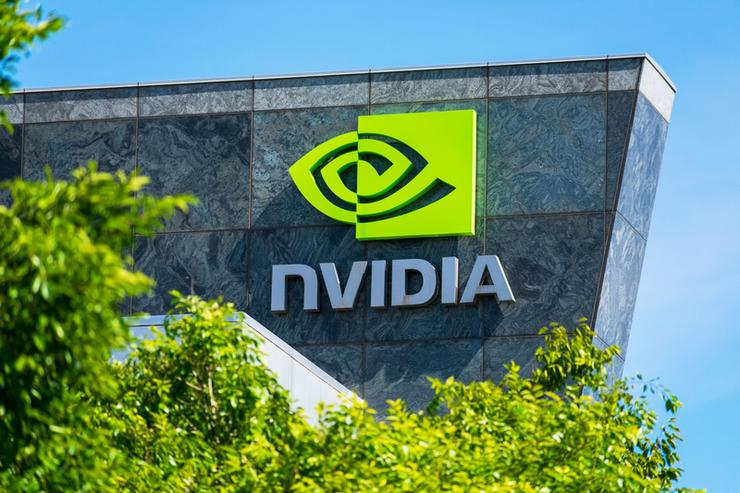 Credit: Dreamstime
Credit: Dreamstime
Nvidia and Siemens are partnering to make it easier for manufacturing enterprises to build photorealistic digital twins of their products and production processes, and view and manipulate those twins in real-time.
“Everything we build in the real world is becoming so complex: We can’t imagine building these things without first simulating them inside the digital, virtual world,” said Rev Lebaredian, vice president of Omniverse and simulation technology at Nvidia.
Nvidia made its name designing chips that can dramatically accelerate certain kinds of calculations — those involved in rendering 3D models, for instance — but has recently moved into software development.
It now offers application frameworks that enable enterprises to exploit masses of its processors to accelerate supercomputing tasks such as drug discovery, radio network planning, machining learning model training, or 3D simulation.
Siemens Digital Industries Software, a subsidiary of German industrial conglomerate Siemens, sells software that straddles the worlds of IT and OT (operational technology), including tools for low-code software development (Mendix) and IoT management (MindSphere) that may be familiar to CIOs, and a host of others for electronics design, manufacturing, product lifecycle management, and simulation.
Xcelerator acceleration
Nvidia is joining the partner ecosystem of Siemens Xcelerator, the company’s portfolio of open, interoperable IoT-enabled hardware, software, and digital services. Siemens Xcelerator has been slowly growing, but the addition of Nvidia to the ecosystem will accelerate that.
“We already have 50 certified partners,” said Siemens chief technology and strategy officer Peter Koerte. “Now, you may say, ‘Only 50?’ but we have an ecosystem of more than 4,000 today, and many of these we will be certifying also, if they qualify to participate in Siemens Xcelerator. We’re going to expand this over time, to build new partnerships.”
Another element of Xcelerator will be a software marketplace, where enterprises can find vendors and integrators that can put together a complete solution around Siemens software. This will begin with 400 offerings in four domains: real estate, utilities, healthcare, and pharmaceuticals, Koerte said.
The Xcelerator marketplace is not — or at least, not yet — an online store where buyers can drop the software and services they need in a shopping basket and download them. Koerte said Siemens doesn’t plan to monetise the marketplace directly, but sees its role more as helping broker deals. “If a customer comes to us and really wants to have multiple elements of a solution to be bought, … we facilitate that.”
Industrial metaverse
One of the first signs of Nvidia’s involvement in the Xcelerator ecosystem will be the connection of Nvidia’s Omniverse platform for 3D design and collaboration with Siemens’ software platform to enable what Tony Hemmelgarn, CEO of Siemens DIS, called “the industrial metaverse.”
Software such as Siemens Process Simulate already produces renderings of what a production line looks like in operation so that manufacturing engineers can test out assembly sequences and check for collision clearance.
For enterprises using the two platforms, the result will be a dramatic improvement in the fidelity of digital twin renderings, from those produced by Siemens Process Simulate (above left) to those produced in real-time by Nvidia Omniverse (above right).
That can be more important in industry than people think, Nvidia’s Lebaredian said: “Often, people think about this as just nice to have: Making beautiful images is entertaining, or maybe superficial. But the reality is that when you’re building a real-world thing you really want to know how it’s going to look and feel and be perceived.”
In other cases, a photorealistic simulation may be the end goal, not the means: a sandbox in which to test something virtually. It’s much safer and more economical to test the software powering self-driving cars in a virtual environment, for example, than by letting it loose on real roads wrapped in two tons of speeding steel and silicon.
“If we’re going to build AIs that are truly intelligent and know how to operate inside the real world, we need to provide them with data about the real world, giving them experience of how the world looks. If we can’t simulate that accurately and match it correctly, our AIs are never going to have a chance of really understanding the world,” Lebaredian said.
Back in the real world — albeit one most of us will never see — Hemmelgarn suggested that the link with Nvidia Omniverse would be ideal for a company designing luxury yachts with Siemens’ software.
“I could be working on the design of the ship and have a scene showing the ship at sea," he said. "I could see all the furniture and everything sitting on the ship. If I want to make changes to the fit, the style, anything about this, I can do it in real-time.
"And I can make these changes with much more confidence with the customer because they can then see exactly what they get. The value is how closely the virtual representation can represent the real product."
In other situations, though, that full-HD rendering will be something of a luxury, and not strictly necessary to perform the kind of collision clearance checks necessary to, for example, ensure that a new yacht can reach the sea without having to dismantle a bridge.




